MALDIVA ISLANDS.

On the 13th of May 2022, we traveled to Maafushi- our first destination after we arrived in the Maldives- via speedboat. We engaged in a plethora of activities after arriving in Maafushi. This island is mostly inhabited by locals rendering their service to the foreign travelers who visit this island.
We had the opportunity to snorkel twice during our stay in Maafushi. There were many bleached corals washed on the shore.
A coral is a marine invertebrate that has a symbiotic relationship with algae named zooxanthellae, which provides food for the coral in return for protection.
The reason for the bleaching is due to corals being stressed due to fluctuating environmental conditions. When under stress, the corals react to these environmental conditions and expel the zooxanthellae algae that live on their tissue, turning the coral white.
climate change is a contributing factor that accelerates the bleaching process of corals.
After the snorkeling, we had the opportunity to meet with the island council chief, Mr. Hasan Solah, who spoke passionately about the work done to tackle climate change on the island.
As stated, Mr. Solah stated ‘the Maldives is considered a climate emergency.’ Most of the islands such as Maafushi, Embudu, Bandos, and Male are only 1 meter above sea level, which is alarming because sea levels are rising drastically due to rapid glacial melting as global warming continues.
We got the opportunity to tour Maafushi, where we observed the waste management and renewable energy projects underway.
Out of the disposable methods for Solid Domestic Waste, Maafushi had landfills and incineration. Mr. Solah said that the island produces up to 7-10 tons of waste per day.
However, there were several issues due to the use of landfills and incineration.
- 1. Methane, a greenhouse gas, is emitted into the environment from the landfill which is a contributing factor to global warming and gives off a bad odor.
- 2. Since the landfill, leachates from the landfill can contaminate the reef.
- incinerator in Maafushi-
-
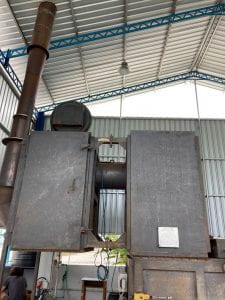

The primary issue that the council members had to deal with is the capital cost of the incinerators. The island did have an incinerator, however, it was broken, which meant fixing it would total a major cost. Along with this, air pollution was another side effect that made incineration a continuous hassle to deal with.
The Embudu resort had an elaborate systems approach to solid waste management, desalination of water, and conservation of biodiversity.
The Maldives will ban single-use plastics from the 1st of July and as a result resorts such as Embudu are taking the initiative to minimize the use of single-use plastics in their resorts as well.
This will lead to the suppression and minimization of plastic waste which will hugely impact areas of waste management and protect marine biodiversity as well.

visit Thilafushi garbage island
They recycle glass, cardboard, and paper within the island and send other waste to Thilafushi garbage island. The total cost of segregation and transportation of waste to Thilafushi garbage island is 5000 rufiyaa.
The resort is powered by renewable energy- solar power (90KW) which helps generate electricity for the 122 rooms on the island during the day since there is less voltage. The downfall in this is that they need to switch to generators powered by diesel during the night.
The process of desalination of seawater is used to source drinking water for the resort.
We had the opportunity to observe the mechanics behind the desalination of seawater in the resort and even taste the desalinated filtered water!
A comprehensive review of energy consumption of seawater reverse osmosis desalination plants-

pic credit-(science direct.com)
The guides at the Thilafushi garbage island showed us how waste was segregated and compressed and stored away. We also had the opportunity to meet with Bebe, in Villingili, founder of an NGO named ‘Save the Beach.’

Listening to Bebe’s presentation on how Save the Beach strives to raise awareness amongst the locals about safeguarding the beach and the reef-
We had the opportunity to visit all the islands seen above. Each island had a variety of marine biodiversity which was unique to each island.
- Thilafushi
- Maafushi
- Embudu
- Bandos
- Villingili
source- Google Maps
- Porite
- Snorkeling at Maafushi
- Elkhome
- staghorn
Overall, this trip was an unforgettable experience, we acquired data and information regarding marine biodiversity, use of renewable energy sources, and management of solid waste. It has also provided us the opportunity to learn about the cultures and traditions and most of all the significance to minimize the effects of climate change and global warming on our oceans.
Pic credit- Mr. Lockwood, Eleez, and author.
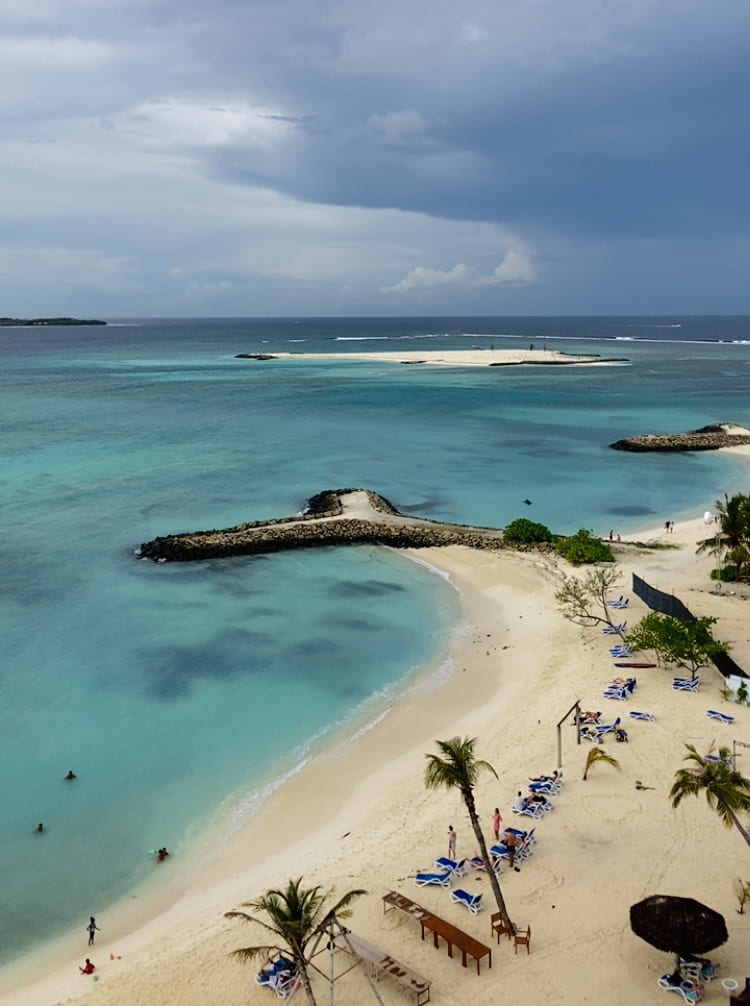
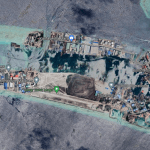

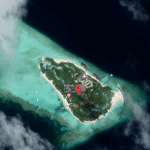
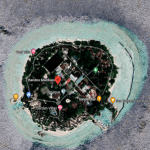
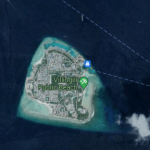

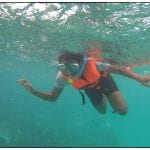
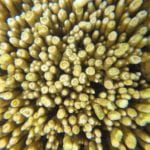
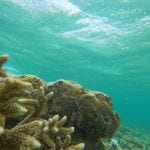
May 27, 2022 at 3:47 am
Solid, good words
June 7, 2022 at 8:03 am
Dear Senaya,
Nice job on this reflection about our epic ES&S visit to the Maldives. I suggest that you re-size the images and work with the layout to maximize your use of the space.
Mr. Lockwood